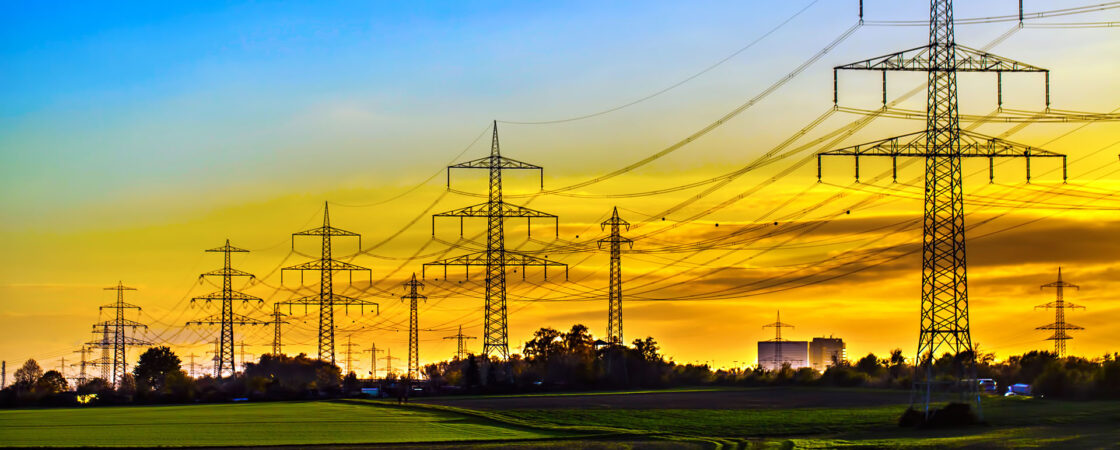As energy prices continue to rise, both households and businesses are feeling the pressure of ballooning energy bills. The need for effective solutions to manage and reduce energy consumption has never been more urgent. This is where Energy Management Systems (EMS) come into play. EMS are advanced tools designed to monitor, control, and optimize energy use, helping to reduce costs and improve efficiency. By implementing an EMS, we can take control of our energy usage and fight back against the escalating costs of electricity and fuel.
Understanding Energy Management Systems
An Energy Management System is a combination of hardware and software that collects real-time data on energy consumption. This data is then analyzed to identify patterns, inefficiencies, and opportunities for savings. EMS can be implemented in various settings, including residential buildings, commercial spaces, and industrial facilities. The primary goal of an EMS is to ensure that energy is used as efficiently as possible, minimizing waste and lowering costs.
One of the key features of an EMS is its ability to provide detailed insights into how energy is being used. By breaking down energy consumption by time, location, or specific equipment, an EMS allows users to pinpoint areas where energy is being wasted. For example, in a commercial building, the system might reveal that certain lights or HVAC systems are running unnecessarily after hours. Armed with this information, building managers can take corrective actions, such as adjusting schedules or upgrading to more energy-efficient equipment.
The Benefits of Energy Management Systems
The most obvious benefit of an EMS is the potential for significant cost savings. By optimizing energy use, businesses and households can reduce their energy bills, freeing up resources for other important needs. In some cases, the savings generated by an EMS can be substantial enough to cover the cost of implementation within a short period, making it a worthwhile investment.
Beyond cost savings, an EMS also contributes to environmental sustainability. By reducing energy consumption, we lower our carbon footprint and contribute to the fight against climate change. This is particularly important for businesses that are looking to meet sustainability goals or comply with environmental regulations. Implementing an EMS is a concrete step toward reducing energy waste and promoting responsible energy use.
Another advantage of EMS is the increased control and automation it offers. Modern Energy Management Systems can be integrated with smart devices and automation technologies, allowing for more precise control over energy use.




